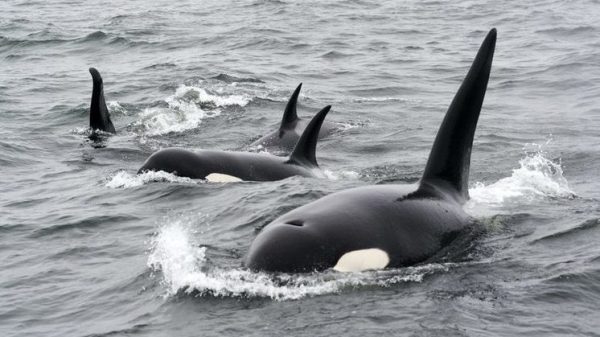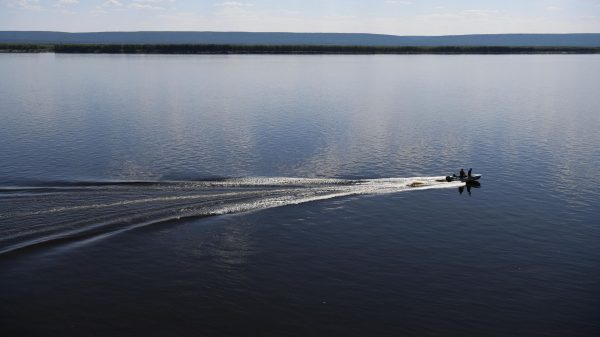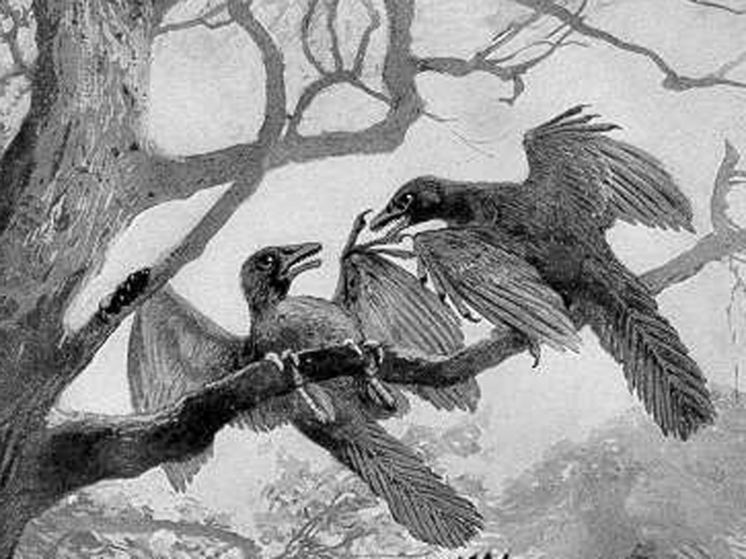Flying dinosaurs evolved once
A groundbreaking study has revealed common feather characteristics among flying birds, revealing that they all share a trait that provides insight into the evolution of flight in the ancestors of dinosaurs. Combining analysis of museum specimens and fossil data, scientists suggest that flight evolved only once in dinosaurs, highlighting the importance of feathers in the evolutionary success of these species.
Birds can fly, at least most of them. Flightless birds such as penguins and ostriches have adapted to life without the need to fly. Despite this, a significant gap remains in the scientific understanding of the differences in wings and feathers between flightless birds and those that can fly.
In a new study published in the journal PNAS, scientists examined hundreds of birds in museum collections and have discovered a set of feather characteristics that are common to all flying birds. These “rules” provide clues to how dinosaurs — the ancestors of modern birds first developed the ability to fly, and which lizards were capable of flight.
Not all dinosaurs evolved into birds, but all living birds are dinosaurs. The birds belong to a group of ancient lizards that survived when an asteroid crashed into the Earth 66 million years ago. Long before the asteroid impact, some members of the penneraptoran group began to develop feathers and the ability to fly. The original purpose of feathers may have been to isolate or attract mates. For example, Velociraptor had feathers, but could not fly.
Paleontologists rely on clues in fossilized animal skeletons, such as the size and shape of wing bones and wishbones, as well as preserved feathers, to determine which species were capable of mechanical flight.
“Ornithologist Yosef Kiat has studied traits such as the number of different types of feathers on the wings depending on the length of the arm bone to which they are attached, and the degree of asymmetry in the flight feathers of birds, — explains paleontologist Jingmai O'Connor. — Thanks to our collaboration, Yosef was able to trace these features in fossils dating back 160-120 million years and therefore study the early evolutionary history of feathers.”
Kiat conducted a study of the feathers of every order of living birds, examining samples from 346 different species held in museums around the world. Examining the wings and feathers of hummingbirds and hawks, penguins and pelicans, he noticed a number of similarities in species that can fly. For example, in addition to asymmetrical feathers, all flying birds had between 9 and 11 primary feathers. In flightless birds their number varies greatly — penguins have more than 40 of them, while emus have none. This is a deceptively simple rule that seems to have gone unnoticed by scientists.
By applying information about the number of primary feathers to the overall family tree of birds, Keath and O'Connor also discovered that birds take a long time to develop a different number of primary feathers.
“This feature only changes after really long periods of geological time,— says the paleontologist. — It takes a very long time for evolution to influence and change this trait.”
In addition to modern birds, the researchers also studied 65 fossil specimens representing 35 different species of feathered dinosaurs and extinct birds. By using results obtained from modern birds, researchers were able to extrapolate information about the fossils.
«Only recently have scientists realized that birds — not the only flying dinosaurs, — admits O'Connor. — And there has been debate about whether dinosaurs evolved the mechanism of flight just once or on several isolated occasions. Our results here seem to suggest that flight evolved only once in dinosaurs, but we must really acknowledge that our understanding of flight in dinosaurs is just beginning, and we are likely still missing some of the earliest stages of the evolution of feathered wings.” ;.






























































Recent Comments